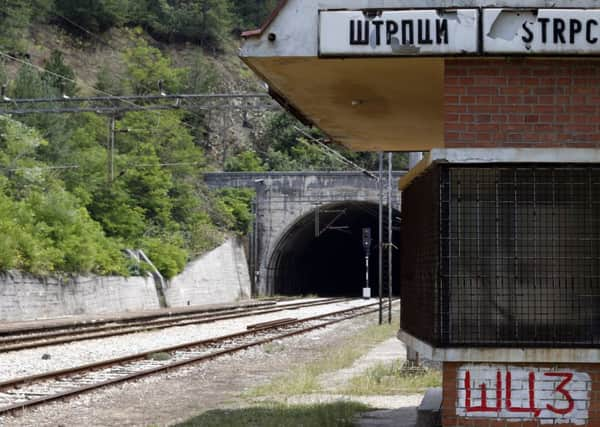Balkan massacre arrests, 20 years on


Prosecutors from the two countries said they worked together to trace those they believe responsible for the Strpci massacre of 27 February, 1993, in which 19 men were snatched off a train and murdered.
Pre-dawn raids netted ten suspects in Bosnia and five in Serbia, including the brother of a jailed warlord, ex-militia members and a former Bosnian Serb general who commanded the military in the area.
Advertisement
Hide AdAdvertisement
Hide Ad“We are now on the path to solve the murder that has been hidden for more than 20 years,” Serbian war crimes prosecutor Bruno Vekaric said. “We have to do it for the innocent victims.”
Investigators now hope the suspects will point the finger at the men above them who ordered the killings. If so, they could implicate some of Serbia’s top former and current officials.
While the Serbian government acknowledges Strpci as a war crime, the killers are still seen by some as heroes.
Bosnian state prosecutor Goran Salihovic said: “Many war criminals are still influential in business, politics, police and the army.”
The investigation is being backed by the UN war crimes tribunal in The Hague.
Documents and witness accounts say the train made an unscheduled stop at Strpci, a remote outpost in eastern Bosnia on the Serbia border.
Bosnian Serb militiamen identified 18 Bosnian Muslims and one Croat through their names and took them away.
The men were beaten and their hands tied with wire before they were taken to a nearby empty house and shot.
Advertisement
Hide AdAdvertisement
Hide AdThe Strpci massacre was part of a conflict that left more than 100,000 people dead and millions displaced.
Prosecutors have identified Milan Lukic, one of the most feared Bosnian Serb warlords of the time, as the ringleader. He is already serving a life sentence handed down by the UN tribunal for separate atrocities against Muslims in Bosnia.
Those arrested yesterday included his brother, several ex-militia members and former Bosnian Serb army general Luka Dragicevic, who commanded the military in the border zone.
The investigation also tackled the thorny issue of who knew what. Lukic was suspected of having been recruited by Serbian state security, which deployed paramilitary units in Serb-controlled areas to eliminate the Bosnian Muslim population.
The Bosnian Serb army was financed from Belgrade and controlled by the military and political leadership of Yugoslavia, comprised at the time of Serbia and Montenegro.
Former Montenegran president Momir Bulatovic denied knowing about the massacre in advance but admitted senior officials, including himself, knew when it had been carried out.
“I knew about it right from the start,” said Mr Bulatovic, who is no longer in politics. “Those were criminals and killers.”
A wartime document issued by the headquarters of Bosnian Serb warlord General Ratko Mladic pointed to collusion between militias in the area and the Bosnian Serb leadership. The document ordered all troops in Bosnia to capture any Muslims passing through Serb-controlled territories.
Advertisement
Hide AdAdvertisement
Hide AdMladic has been charged with genocide by the UN war crimes tribunal.
“There existed at least a tacit agreement on what happened in Strpci,” the prosecutor Mr Vekaric said. “When I say tacit agreement, I mean that some state organs took part.”